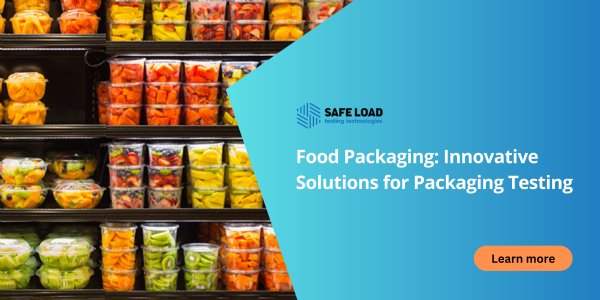Prototyping in packaging design plays a crucial role as it allows for the practical testing and validation of design concepts before full production. This process helps identify potential flaws, assess functionality, and gauge customer responses. By prototyping, designers can make informed adjustments, leading to more effective and appealing packaging solutions, ultimately saving time, and resources, and enhancing customer satisfaction.







